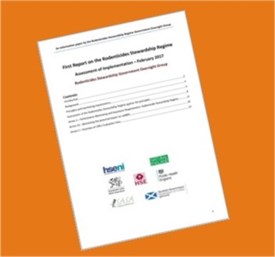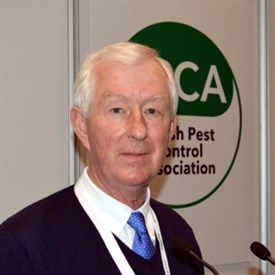Another pest control event, another progress report on the stewardship of anticoagulant rodenticides!
|
|
Dr Alan Buckle chair of the Campaign for Responsible Rodenticide Use (CRRU), the body responsible for the stewardship regime implementation, described how the structure of CRRU had been reorientated to meet the changing requirements of managing, rather than establishing the stewardship regime.
Relabelling completed Monitoring begins Amateur use restrictions These include restricting baits only to be applied in tamper resistant bait stations, maximum pack sizes to be reduced to 100g for mice and 300g for rats and access only to baits containing less than 30ppm of active substance. Baits for mice will be restricted to indoor use only and that for rats to ‘in and around buildings’. |
|
| No toothless tiger Any notion that the UK Rodenticide Stewardship Regime might be a toothless tiger however has been dispelled by the first formal assessment from that HSE-led Government Oversight Group. The report confirms the regime is ‘fit for purpose’ but, it warns, that failure to deliver a reduction in second-generation anticoagulant rodenticides in barn owls, as a sentinel species, may result in changes to the regime. Among elements currently in progress, it is the need for verification audits at point of sale that is now a priority. As Dr Buckle told Pest: “Ensuring that professional rodenticides are only available to responsible certified users in all user groups – farmers, gamekeepers and public health pest control professionals – is a critical priority. With rodenticides in competent hands, the goal is meaningful behavioural change leading to measurable effects in non-target species.” Recognising practical reality in its report, the Oversight Group points out that it does not underestimate the significance of this challenge and recognises the significant efforts and achievements of CRRU and all involved. In particular, the report notes the challenge of getting stewardship standards in place on 100,000 farms. Download a copy of the first Government Oversight Group report from the Pest library. Further reports will be published annually as part of the ongoing monitoring process.” The first CRRU annual rodenticide stewardship report was published in February and can be downloaded from the Pest library. |
||



 Dr Alan Buckle gave an update on rodenticide stewardship at PestEx
Dr Alan Buckle gave an update on rodenticide stewardship at PestEx